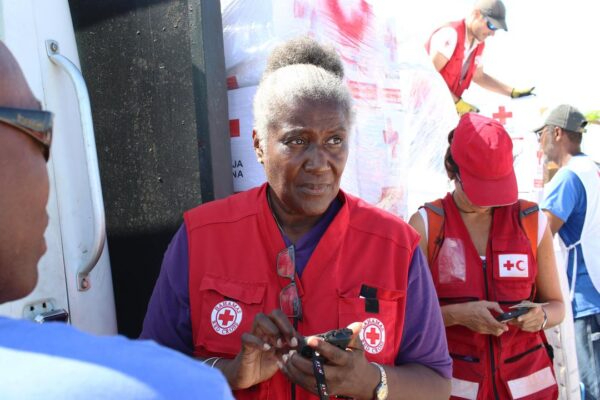SONATAnotes
How International NGOs Can Transfer Knowledge – and Power – to Staff in the “Global South”

Lately, INGOs have been reevaluating the distribution of power between headquarters and offices in the “global south”. Often, power imbalances are accompanied by imbalances in skills, knowledge and overall capacity.
Most NGOs address country-level skill gaps by sending experts from headquarters to provide direct technical assistance or conduct ad-hoc workshops, which rarely succeed at building local capacity in a sustainable way.
While some critics call this “skills protectionism” – implying headquarters avoids transferring knowledge in order to centralize power – we find that most NGOs want to empower country-level teams, but struggle with capacity building and skills transfer.
There are many reasons for this:
So what can NGOs realistically do to build local capacity?

Emil Heidkamp is the founder and senior learning strategist at Sonata Learning. He works with NGOs, corporations and government agencies to implement training and knowledge management initiatives impacting thousands of learners in over 50 countries.





